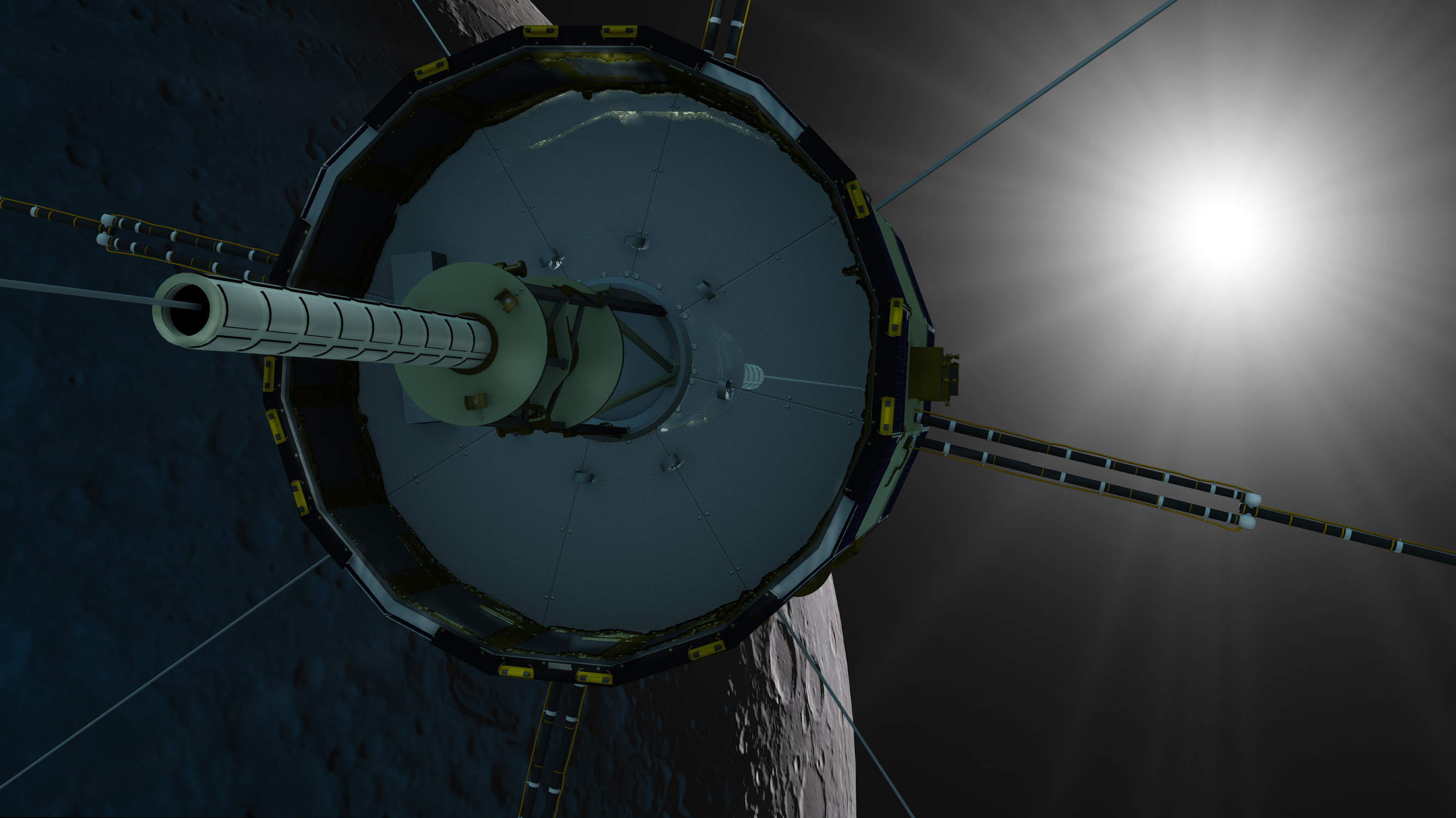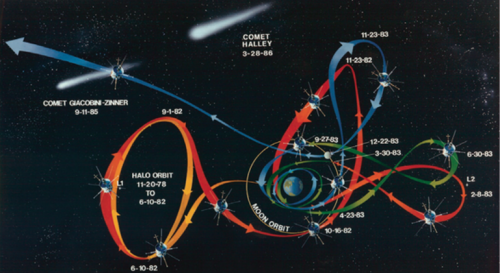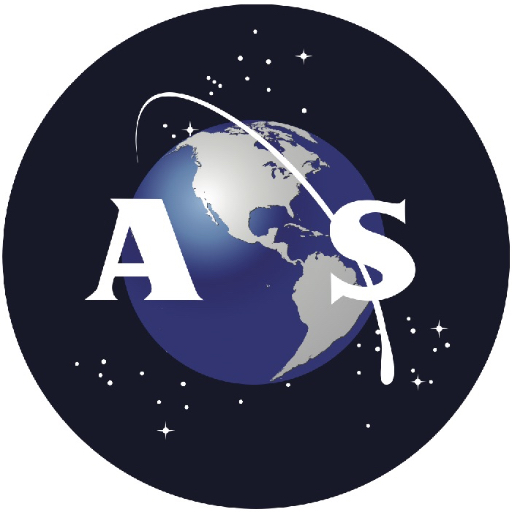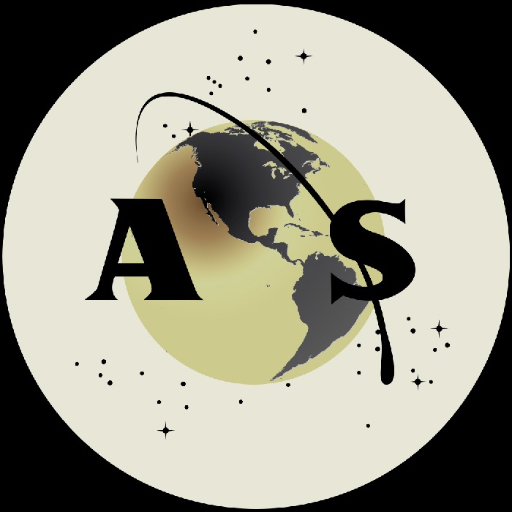
While the spacecraft may have been frozen in time, the excitement over its reawakening was brand new.
But the effort to re-purpose the long-dormant International Sun-Earth Explorer-3 (ISEE-3) spacecraft for an extended science mission hit a snag this week when it was announced that issues with propulsion had developed during a scheduled burn. On the reboot mission’s website, it was theorized that a lack of pressurized nitrogen available in the hydrazine propulsion system may be the culprit. Plans to send the spacecraft back to a desired “halo orbit” at the L1 Sun-Earth Lagrangian point do not appear to be in the cards at this time (ISEE-3 was the first spacecraft to achieve this orbit).
Despite this setback, the ISEE-3 Reboot Project’s website did state that following a lunar flyby on Aug. 10, there are scientific plans for the spacecraft in the works within the inner Solar System. A statement from the team on Facebook stated optimistically: “We have a plan B. We will be listening to ISEE-3 as long as it is transmitting regardless of where it is located in the inner solar system.”
ISEE-3 has already encountered—and shattered—many roadblocks following the announcement of the project. The team responsible for this initiative, Skycorp, Inc., became interested in the spacecraft as it approached closer to Earth this past year. Due to budgetary constraints, NASA was unable to fund its “reawakening,” but the company began a crowd-sourcing initiative that raised $159,602. These funds were essential to write applicable software, for establishing first contact, and to further devise a science mission.

With these funds raised, on May 21 it was announced the team had signed a Non-Reimbursable Space Act Agreement with NASA, the first of its kind concerning a defunct spacecraft. On May 29, it was revealed the team had established two-way contact with ISEE-3. This recent setback occurred after the spacecraft appeared to perform a successful spin-up burn with its thrusters. At present time, the team is still troubleshooting the problem.
A previous AmericaSpace article by this author underscored the depth of ISEE-3’s history, which dates all the way back to 1978, well before any space shuttles had left their launchpads. On Aug. 12 that year, the spacecraft was launched by a Delta 2914 rocket from the Cape Canaveral Air Force Station (CCAFS). At that time, it was an international project between NASA and ESRO/ESA, meant to gauge Earth’s interactions with solar wind.
However, its primary mission changed, and decades before ESA’s Rosetta, it became the first “comet chaser.” The previously cited AmericaSpace article detailed: “In 1982, ISEE-3 began its secondary science mission and was rechristened the International Cometary Explorer (ICE). In 1985, it became the first spacecraft to encounter a comet, when it passed through the tail of Comet Giacobini-Zinner; in 1986, it went on to transit between the Sun and Comet Halley.” Following an extended heliospheric mission, its operations were ended in May 1997, nearly 19 years following its inception (its initial life expectancy was 10 years).
While ISEE-3 may not reach the intended glories of its past by chasing another comet, space watchers need not despair; the team does intend to use the spacecraft for science operations as long as contact is established, as stated earlier. In addition, ESA’s Rosetta spacecraft is expected to approach comet 67P/Churyumov–Gerasimenko in August, deploying its Philae lander in November. Rosetta owes its incredible journey in part to the legacy of one “vintage” spacecraft, launched in August 1978.
Want to keep up-to-date with all things space? Be sure to “Like” AmericaSpace on Facebook and follow us on Twitter: @AmericaSpace




As Keith Cowing is apt to say, “EPIC FAIL”.
But at least Wingo and some college kids got to travel to Puerto Rico for some boondoggles on some gullible donator’s dimes. So they got that going for them……
To me the most important aspect of the project is, it was not initiated and managed by a state organization BUT was initiated and is being managed and directed by an amateur spirited team of engineers, programers and scientists by crowd sourcing, technical crowd suport and eventually the findings and results will be “crowd shared”. I intend to follow the project as long as it is alive. Congratulations to the original initiators of the project and to those who give their technical support.